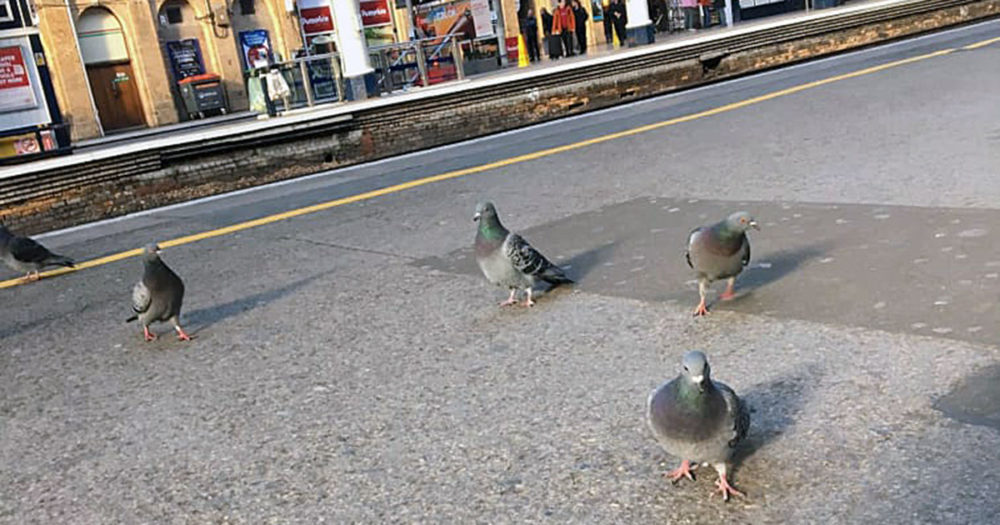The MP for York Central says she has met with LNER to plead that they cease the pigeon cull at York Station.
Rachael Maskell says that she will help to establish an alternative breeding site (Artificial Nesting Site) something that has been tried successfully in Europe to keep the birds away from public areas.
Over 11 thousand people have now signed a petition to stop the cull.
[tptn_list limit=3 daily=1 hour_range=1]
The train operator, which manages York station, says it will meet with a pigeon rescue group too to discuss concerns about a cull of the birds.
York Stringfoot Pigeon Rescue says it’s against the shooting of the birds which it says has resulted in some not being killed but left with serious injuries.
They want LNER to look at other methods to keep the population in check.
They say shooting the birds, which can be a health and safety issue at the station, is cruel. Spokesperson, Samantha Crick from York Stringfoot Pigeon Rescue, has challenged LNER to look at things like creating an Artificial Nesting Site.
These have been used at some stations in Europe and have proved to be a success. It’s an area which is set up where there are pigeon population issues and it’s basically a large dovecote.
An LNER spokesperson, said: “We continue to review how we sustainably manage issues associated with pigeons at York Station while still providing a safe environment for our customers and colleagues.
“We look forward to continuing discussions with interested parties in the coming weeks.”
Earlier they had argued:
“(Pigeons) they foul on the platform edge causing slip hazards and the droppings are also linked to disease risks such as histoplasmosis, cryptococcosis and psittacosis.
Histoplasmosis causes mild flu-like symptoms that appear between 3 and 17 days after exposure to the fungus.
Cryptococcosis is a fungal infection spread by pigeon droppings.
Psittacosis is an infection of birds caused by the bacterium C. psittaci.
The disease has been described in many species of birds, particularly in parrots, parakeets, budgerigars and cockatiels. Other commonly affected birds include pigeons and doves. Ducks and turkeys may also be affected, but chickens less frequently.
Infections in birds are important as they represent a biological hazard to human health.
